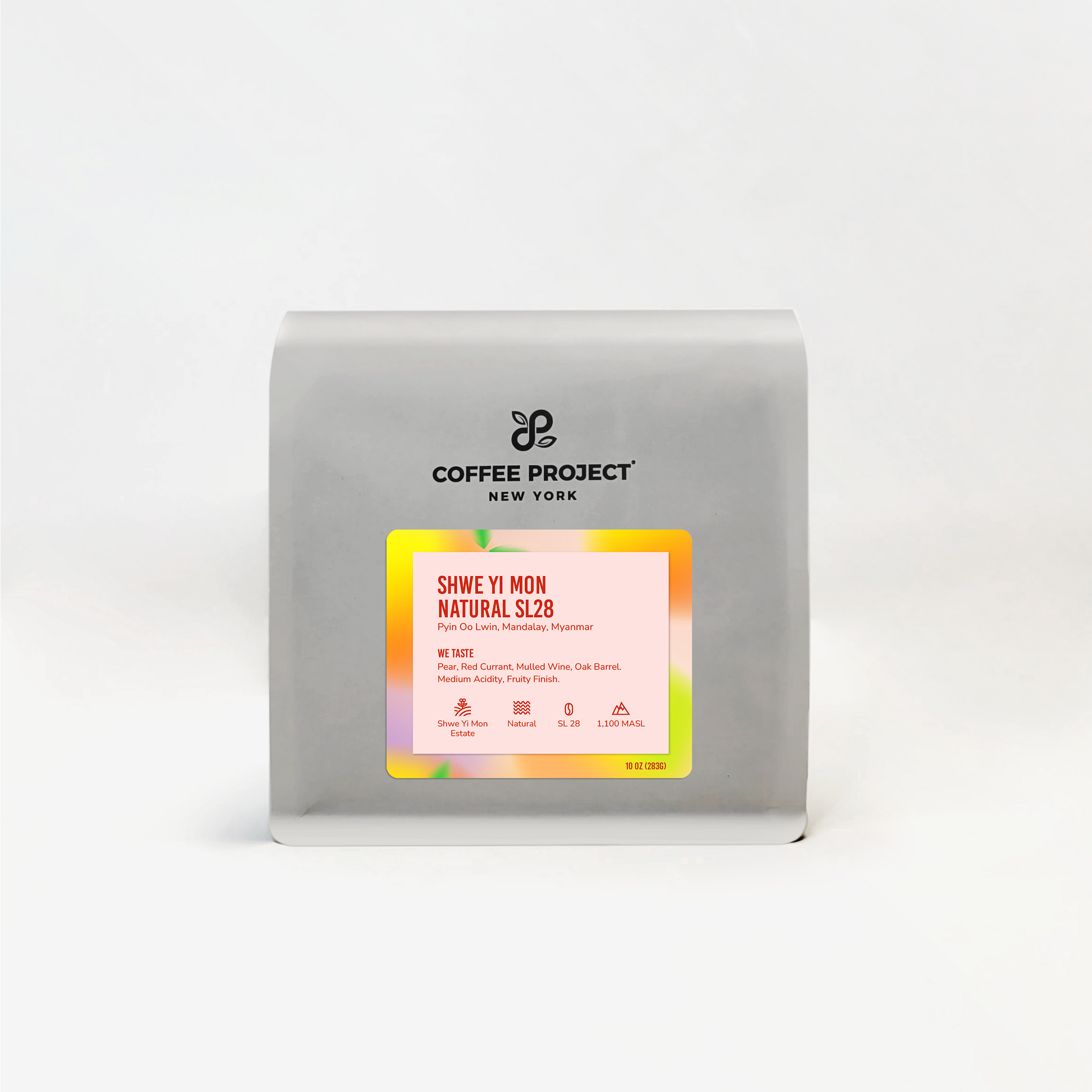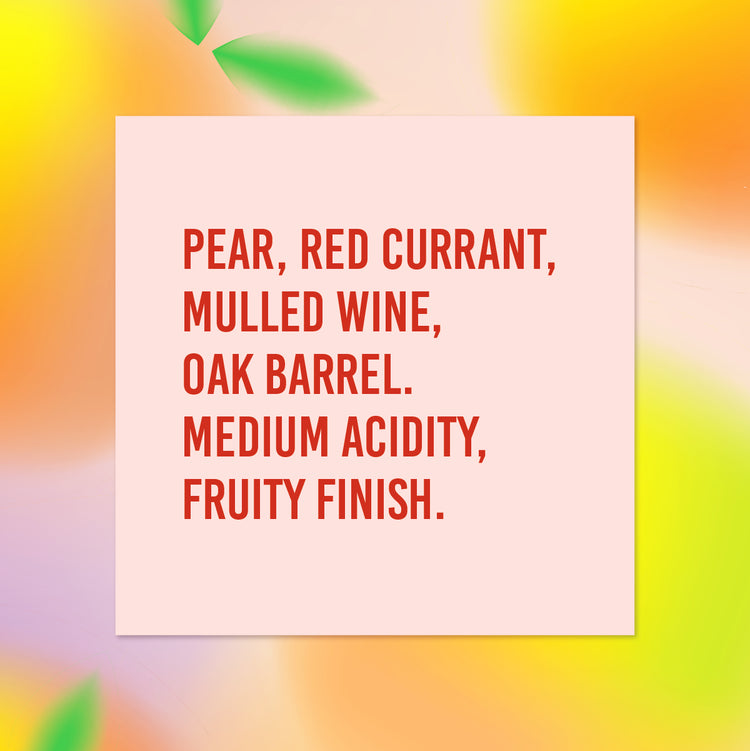Description
More
Less
Farm: Shwe Yi Mon Estate
Region: Pyin Oo Lwin, Mandalay
Process: Natural
Variety: SL 28
Elevation: 1100 MASL
We Taste: Pear, Red Currant, Mulled Wine, Oak Barrel. Medium Acidity, Fruity Finish.
In 1922, a vacant sanatorium named after Scottish missionary Dr. Henry Scott was repurposed by the Agricultural Department of the Kenya Colonial Administration, under British colonial rule, to conduct public research. The sanatorium, operational for only a handful of years, was converted into laboratories and renamed the Scott Agricultural Laboratories.
In 1931, a senior officer at the Coffee Section of the Agricultural Department was on a tour of Tanganyika—now Tanzania. There, he collected seeds for experimental cultivation from a wild coffee tree he perceived to show drought, disease, and pest resistance. After some time, this specimen was shown to only exhibit tolerance to drought.
From 1935 to 1939, forty-two coffee varieties were studied at Scott Labs. The twenty-eighth, SL28, was a single plant selected from the population of cultivars named Takganyika Drought Resistant.
From classification, SL28 has eclipsed most of its Scott Labs siblings not for its hardiness, but for its cup quality. Sparkling, acidic, and effervescent, SL28 may be susceptible to disease but it tastes so wonderful, cultivation has spread to specialty farms worldwide.
This SL28 was grown 4,300 miles from Scott Labs in an intercrop with silver oak and Macadamia shade trees at Shwe Yi Mon just outside of Mandalay. The farm owner, U Ye Myint, earned his botany degree in 1993 and began coffee cultivation in 1998. He is the founder of Myanmar Coffee Association and Mandalay Coffee Group.
Description
Farm: Shwe Yi Mon Estate
Region: Pyin Oo Lwin, Mandalay
Process: Natural
Variety: SL 28
Elevation: 1100 MASL
We Taste: Pear, Red Currant, Mulled Wine, Oak Barrel. Medium Acidity, Fruity Finish.
In 1922, a vacant sanatorium named after Scottish missionary Dr. Henry Scott was repurposed by the Agricultural Department of the Kenya Colonial Administration, under British colonial rule, to conduct public research. The sanatorium, operational for only a handful of years, was converted into laboratories and renamed the Scott Agricultural Laboratories.
In 1931, a senior officer at the Coffee Section of the Agricultural Department was on a tour of Tanganyika—now Tanzania. There, he collected seeds for experimental cultivation from a wild coffee tree he perceived to show drought, disease, and pest resistance. After some time, this specimen was shown to only exhibit tolerance to drought.
From 1935 to 1939, forty-two coffee varieties were studied at Scott Labs. The twenty-eighth, SL28, was a single plant selected from the population of cultivars named Takganyika Drought Resistant.
From classification, SL28 has eclipsed most of its Scott Labs siblings not for its hardiness, but for its cup quality. Sparkling, acidic, and effervescent, SL28 may be susceptible to disease but it tastes so wonderful, cultivation has spread to specialty farms worldwide.
This SL28 was grown 4,300 miles from Scott Labs in an intercrop with silver oak and Macadamia shade trees at Shwe Yi Mon just outside of Mandalay. The farm owner, U Ye Myint, earned his botany degree in 1993 and began coffee cultivation in 1998. He is the founder of Myanmar Coffee Association and Mandalay Coffee Group.
You May Also Like






